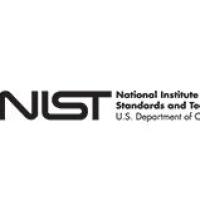Global Identification of Androgen Response Elements
互联网
497
Chromatin immunoprecipitation (ChIP) is an invaluable tool in the study of transcriptional regulation. ChIP methods require both a priori knowledge of the transcriptional regulators which are important for a given biological system and high-quality specific antibodies for these targets. The androgen receptor (AR) is known to play essential roles in male sexual development, in prostate cancer and in the function of many other AR-expressing cell types (e.g. neurons and myocytes). As a ligand-activated transcription factor the AR also represents an endogenous, inducible system to study transcriptional biology. Therefore, ChIP studies of the AR can make use of treatment contrast experiments to define its transcriptional targets. To date several studies have mapped AR binding sites using ChIP in combination with genome tiling microarrays (ChIP-chip) or direct sequencing (ChIP-seq), mainly in prostate cancer cell lines and with varying degrees of genomic coverage. These studies have provided new insights into the DNA sequences to which the AR can bind, identified AR cooperating transcription factors, mapped thousands of potential AR regulated genes and provided insights into the biological processes regulated by the AR. However, further ChIP studies will be required to fully characterise the dynamics of the AR-regulated transcriptional programme, to map the occupancy of different AR transcriptional complexes which result in different transcriptional output and to delineate the transcriptional networks downstream of the AR.








